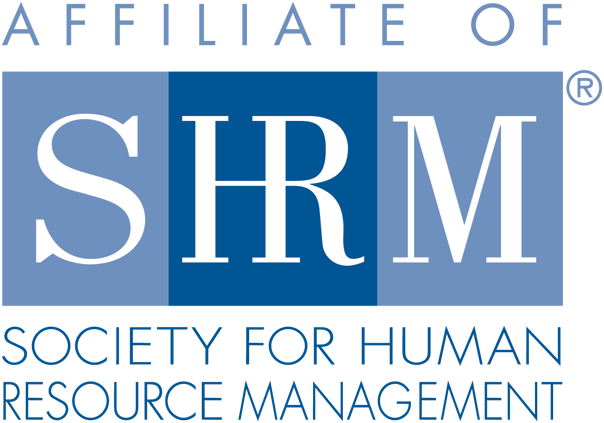
| Past Issues | Advertise | www.nehra.com | insights archive |
Workforce Planning for 2015: By Beth Tucker, President & CEO, KNF&T
![]() Print this Article | Send to Colleague
Print this Article | Send to Colleague
Workforce Planning for 2015 – The Do’s and Don’ts
By Beth Tucker, President and CEO of KNF&T
As we head into the final months of 2014, many HR departments are focusing on their strategies to create a strong talented workforce in 2015. Recently, I have had the opportunity to speak with many HR executives about their approach to workforce planning (from both a hiring and retention perspective). Below are some "Do’s and Don’ts" to consider, as you strive to establish your best workforce yet.
Do:
- Evaluate your current hiring strategy and interview processes: Take an honest look at your interview process. How has it worked in the past? Did it yield the right people? Did participants enjoy the process? After this analysis, think about other interview options you should add to the mix: phone interviews (to pre-screen candidates prior to in-person interviews), online personality testing, group interviews, etc. Also, if there is a hiring team, take the opportunity during this phase to ensure objectives are aligned among all team members.
- Think strategically and set goals regarding employee structure: Identify the roles you need to fill in 2015, while describing the performance requirements for every position within the company (including those currently filled). Your analysis should also include an evaluation of your corporate culture and compensation spectrum (compared to the competition). From here, you can refine and set expectations with regard to responsibilities and related salaries/benefits. This will also assist you in setting expectations for 2015 – both from an internal perspective and for candidates.
- Recognize we’re in a candidate and employee-driven market: Ask yourself: Is your company’s positioning truly desirable to potential candidates? Would you want to work at your company (if you weren’t already there)? Is your company perception and reputation (via your website, over social channels and at industry events) enticing and inspiring? If the answer is not "yes" to any of these questions, it is time to make some changes. Your best candidate (or best employee) could be talking to your closest competitor. Don’t lose them over a perception issue.
- Place a focus on Job Sculpting: Take the time to talk with your employees (regularly) about their positive contributions, areas of improvement and ultimate career goals. Not only will this help with morale, but some employees may have an untapped asset you never realized. Have the thoughtful conversation with them about their desires and thoughts on how to make the business better. The result is a more satisfied employee who has a vested interest in helping your company/department thrive because they know you care about them.
- Rush to hire: While there is typically a sense of urgency tied to filling open positions, try your best to be strategic – which includes interviewing a wide range of candidates (rather than hiring one of the first few you interview). Having a larger candidate pool to choose from will allow you to find your ideal candidate, while reducing the risk of hiring a sub-par candidate who you will ultimately have to spend time, resources and money replacing down the road.
- Discount the onboarding process: Once an offer is made and the candidate accepts, the hiring process should not stop there. Creating and/or implementing a successful employee onboarding experience, starting with a positive first day, is imperative for laying the groundwork for the new employee’s successful integration into the company. Have a formal employee orientation process/training program in place that encourages interaction with employees within the same department and promotes open discussion about the job, including expectations and goals. Other items to have in place: a pre-determined schedule of meetings, a process for completing necessary paperwork and documentation and a fully-functioning desk/computer up and running (from the minute they start).
- Overlook potentially red-flag employees: Most work environments are fast-paced, with what can seem to be endless deliverables. Managing these types of environments can be challenging, especially when it comes to taking the time to gauge an employee’s satisfaction. However, ignoring signs such as changes in employee’s behavior, increased mistakes or general indifference to the job, will cost you more time, resources and money. Be sensitive to your employee’s demeanor on a regular basis and make an effort to address issues as they happen.
- Limit your thinking to 2015: While we are all building our plans and goals for 2015, we need to establish them with an eye toward a long-term vision and related objectives. Where would you like to see your organization in 2020? Think about it. It may take extra time and effort, but if you lay the groundwork now, achieving those future goals will be more easily attainable than you think.
Developing and retaining the ideal workforce takes strategic planning and vision. You need a blend of pragmatic and imaginative thinking, while being willing to expend the extra energy and time necessary to hit your goals. Being more engaged in the process will lead to bigger and better success.
